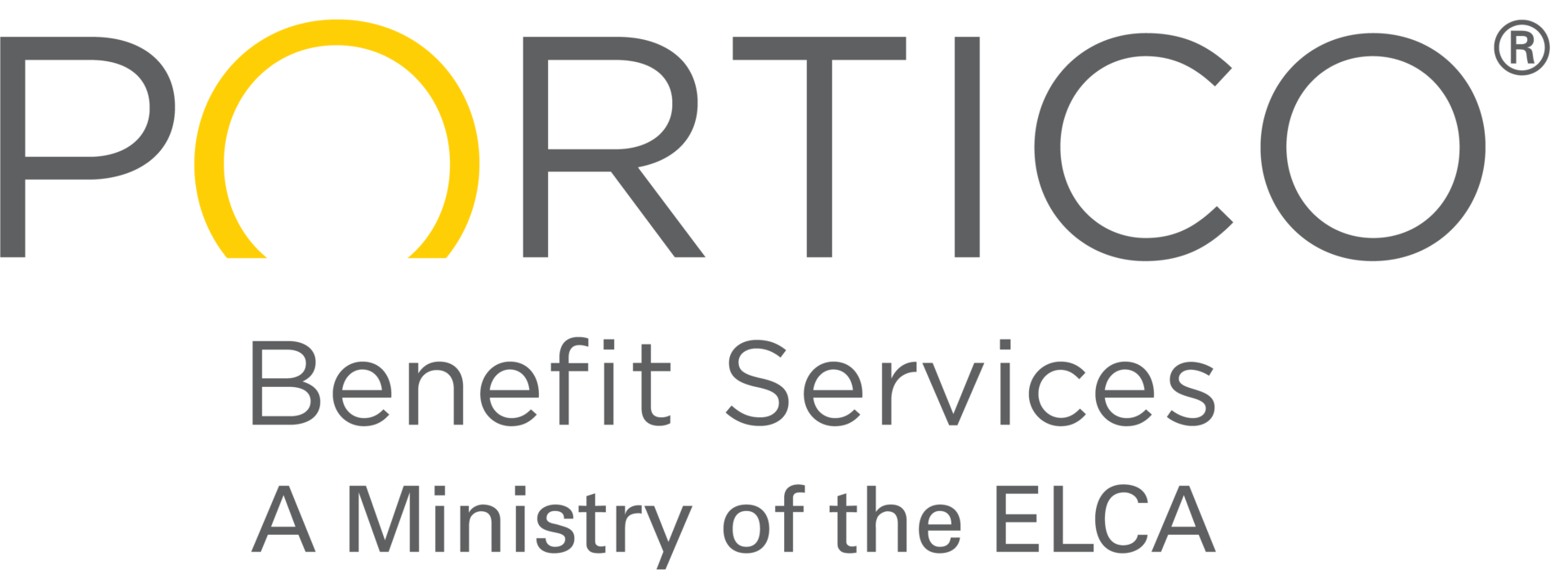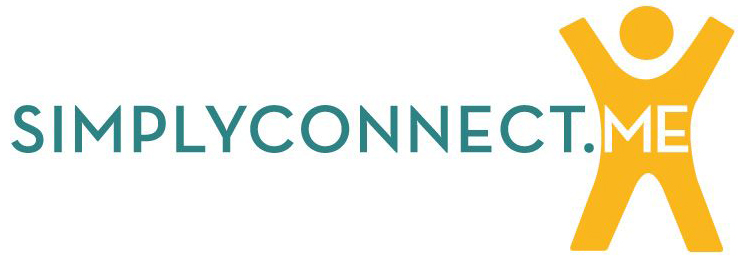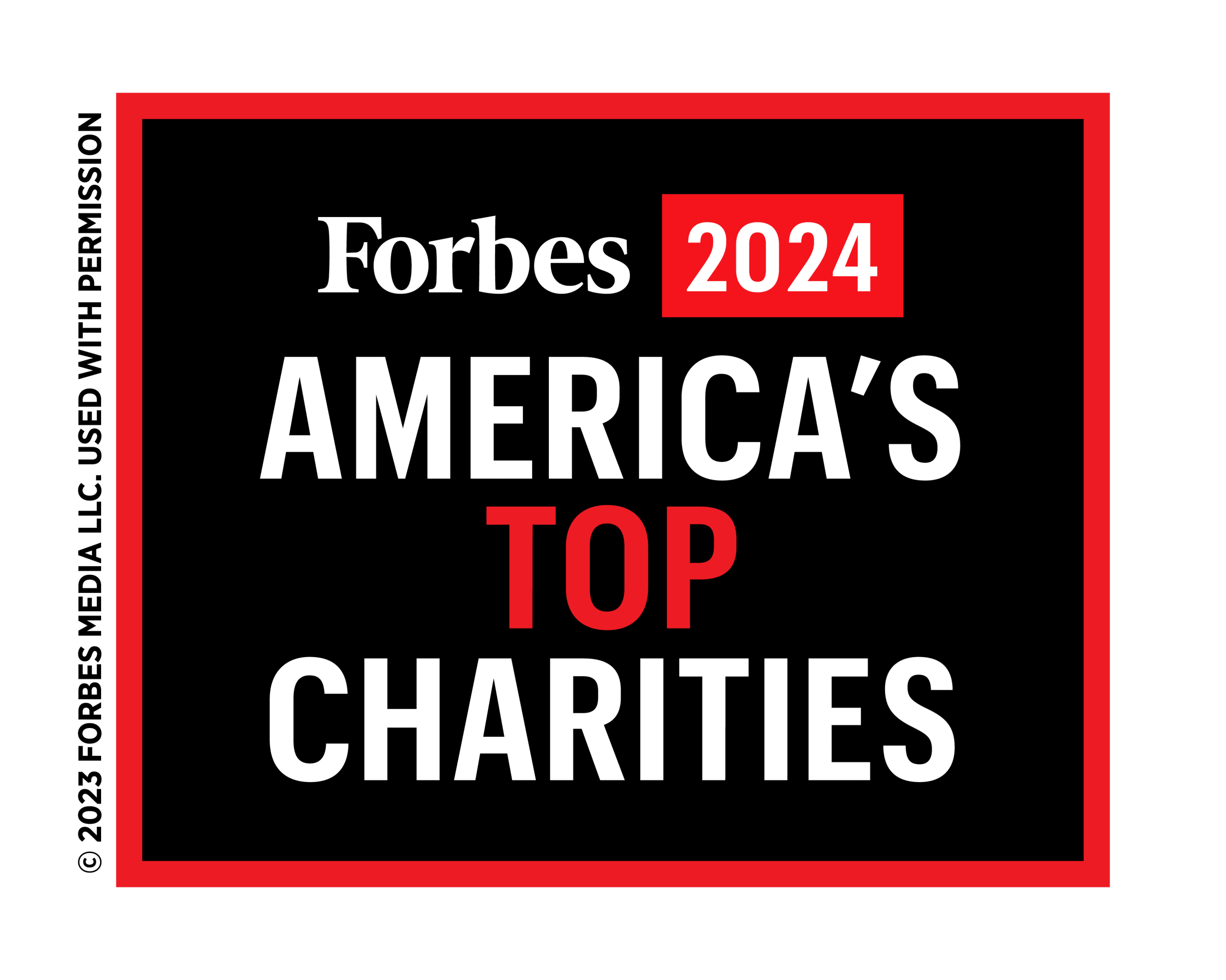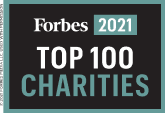Senate Passes Traditional Infrastructure Bill, Budget Resolution
On Tuesday, the Senate completed its consideration of the $550 billion “traditional infrastructure” legislation that a bipartisan group of senators negotiated for weeks, passing the bill on a bipartisan vote of 69 to 30. The final version totaled $29 billion lower than the version originally negotiated in June.
Senators next turned their attention to the budget resolution, passing the bill Wednesday through a party-line vote of 50 to 49, as expected, before adjourning for the August recess. The resolution contains topline dollar figures and instructions for the $3.5 trillion reconciliation package to follow. That bill will enact many of the “human infrastructure” provisions included in President Biden’s American Jobs Plan and American Families Plan, including the proposed expansion of home- and community-based services (HCBS) with $400 billion in funding. Under the reconciliation procedure, the success of the vote depends on the support of all 50 Democrats; Sens. Joe Manchin (D-WV) and Kyrsten Sinema (D-AZ) continue to state that they will not support the package at its current cost, so negotiations continue on the content of the package.
The House, which had already adjourned for its August recess, now plans to return on August 23 to pass the budget resolution. Both chambers will wait until the fall for consideration of the “human infrastructure” package itself. The House will also wait until the fall to move forward on the traditional infrastructure bill.
Federal Reserve Seeks Input on Pandemic Impacts on Nonprofits, Communities
The Federal Reserve is conducting a broad survey—closing August 24—of the pandemic’s impacts on nonprofits and the communities they serve, both nationwide and in the individual states. This will likely be the most comprehensive national survey of its kind conducted by a government entity. The results will be a powerful advocacy tool for nonprofits like our network in informing policymakers at every level of government about the challenges faced this past year and a half and helping secure further financial relief. The survey should take no more than 15 minutes to complete.
Federal Agencies Issue Guidance on “Long COVID” and Disability Rights
The Office for Civil Rights of the Department of Health and Human Services and the Civil Rights Division of the Department of Justice issued new guidance on July 26, explaining that “Long COVID” can be a disability under Titles II (state and local government) and III (public accommodations) of the Americans with Disabilities Act, Section 504 of the Rehabilitation Act of 1973, and Section 1557 of the Patient Protection and Affordable Care Act. The Department of Labor also has guidance for employers and employees related to Long COVID, given that people with disabilities due to Long COVID may be eligible for temporary or permanent accommodations in the workplace (if they have the required level of impairment.)
According to the CDC, people with long COVID have a range of new or ongoing symptoms that can last weeks or months after they are infected with the virus that causes COVID-19 and that can worsen with physical or mental activity. An individualized assessment is necessary to determine whether a specific person’s long COVID condition or any of its symptoms substantially limits a major life activity. A specific diagnosis is not needed to qualify for the protections offered by law. What is important is that a physical or mental impairment of a certain severity exists. The Equal Employment Opportunity Commission offers information on the impact of COVID-19 for employers on its website, while the Department of Labor funds the Job Accommodation Network website (askjan.org) which offers additional information for both employers and employees on this issue.
New PPP Portal Launched in Effort to Finish Loan Forgiveness
The Small Business Administration (SBA) launched a new forgiveness portal on its website where borrowers of $150,000 or less from the Paycheck Protection Program (PPP) whose lenders are participating are able to apply directly for loan forgiveness, rather than having to begin the process with their lenders. While lending institutions will still have a say in whether specific loans should be forgiven, the intent of the program is to reduce the time and effort needed for the process; the SBA estimates that the new application will take borrowers just a few minutes to complete. The SBA has also lifted the requirement for certain borrowers who received second PPP loans of $150,000 or less that documentation proving a 25 percent revenue reduction in 2020 be supplied.
By Sarah Dobson, Director of Public Policy and Advocacy














